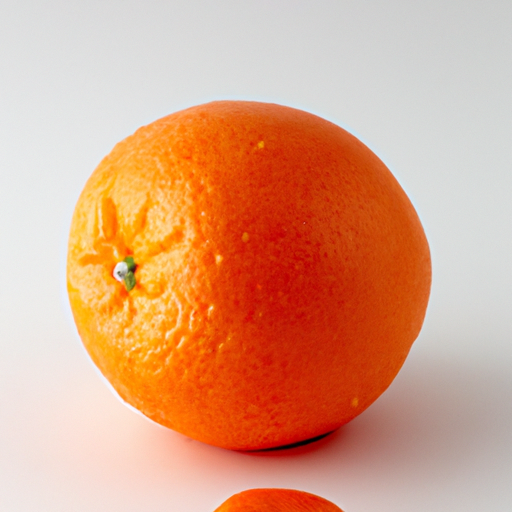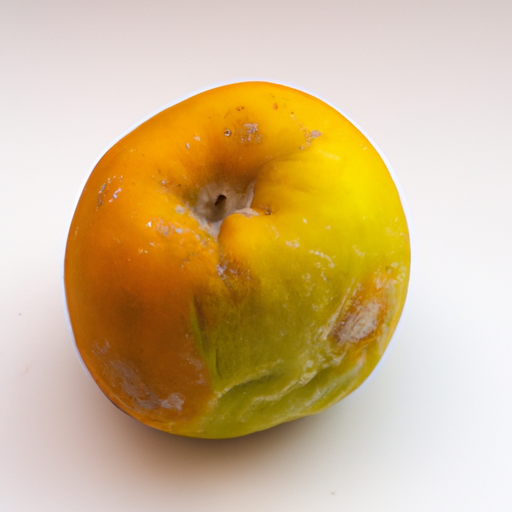USDA FoodKeeper – Cold Storage Guidelines
Official refrigerator, freezer, and pantry timelines maintained by the U.S. Department of Agriculture.
Visit USDA FoodKeeperSweet bay, with its aromatic leaves and subtle flavor, is a culinary gem that can elevate everything from soups to stews. When stored properly in a cool pantry, this herb boasts an impressive shelf life of up to a year, but be mindful—using it beyond its expiration date isn’t recommended for the best taste and safety.


Pantry
Room temperature
Store in airtight container away from heat and light
365 days
Loss of aroma and flavor
Infuse in soups, stews, and broths for flavor
Dried bay leaves
Hey there! Let's talk about expiration dates versus best quality for Sweet Bay products. Expiration dates indicate the last day a product is considered safe to eat, while best quality refers to the period where the item is at its peak flavor or texture but may still be safe to consume after. For example, a carton of Sweet Bay milk might have an expiration date of April 30th. This means it's best to finish it by then for safety reasons. However, the milk might still be okay to drink a day or two after that, but the quality might not be as good. Personally, I tend to follow expiration dates closely for items like dairy or meat. But for products like canned goods or dry pasta, I'm more lenient and use my judgment based on quality rather than just the date. Remember, it's always important to use your senses to determine if a food is still safe to eat, even if it's past the best quality date. Trust your nose and eyes to avoid any potential food safety issues!
To check if Sweet Bay has gone bad, look for any mold or dark spots on the leaves, as well as a slimy texture. Bad Sweet Bay may also have a sour or musty smell. If you notice any of these signs, it's best to discard the Sweet Bay to avoid consuming spoiled herbs.
Hey there! Let's talk about food safety at Sweet Bay. When enjoying your favorite treats, it's important to be mindful of potential foodborne illness risks. Some common culprits are undercooked meats, cross-contamination of raw and cooked foods, and improper storage temperatures. Symptoms of foodborne illnesses can range from stomach cramps to fever and vomiting. Not fun at all! To stay safe, here are some practical tips: always wash your hands before handling food, use separate cutting boards for raw meats and produce, and make sure meats are cooked to the proper internal temperature. Also, refrigerate leftovers promptly to prevent bacteria growth. I once had a bad experience with food poisoning after eating a salad that had been left out in the sun too long at a picnic. Trust me, you don't want to go through that! So, remember, a little caution goes a long way in ensuring that your Sweet Bay experience is not just delicious but also safe and enjoyable. Happy eating!
Hey there! Storing Sweet Bay properly is key to keeping its flavor intact. To ensure freshness, store dried Sweet Bay leaves in an airtight container in a cool, dark place away from heat and sunlight. You can also freeze fresh leaves in ice cube trays with water or olive oil for easy use in cooking. For a creative twist, dry some fresh Sweet Bay leaves and store them in a decorative jar or container in your kitchen. It not only adds flavor to your dishes but also doubles as a charming kitchen decor piece! To prevent moisture buildup in your storage container, add a silica gel packet to absorb any excess moisture. This simple hack will help keep your Sweet Bay leaves crispy and flavorful for longer. I personally love using Sweet Bay in soups, stews, and marinades. It adds a subtle depth of flavor that really enhances the dish. Give these storage tips a try, and you'll always have fresh Sweet Bay on hand for your culinary creations!
Hey there! Let's talk about Sweet Bay, a fascinating plant with a lot of hidden gems. Did you know that Sweet Bay, also known as Bay Laurel, has been used in cooking and medicine for centuries? The ancient Greeks and Romans crowned their heroes with laurel wreaths made from its leaves as a symbol of victory and achievement. In culinary traditions, Sweet Bay leaves are a staple in soups, stews, and sauces for their unique flavor. They add a subtle, earthy sweetness that enhances the overall taste of dishes, especially in Mediterranean cuisine. Interestingly, Sweet Bay is also believed to have symbolic meanings in different cultures. In some traditions, it represents wisdom and protection, while in others, it signifies peace and harmony. Next time you use Sweet Bay in your cooking, remember its rich history and cultural significance. It's not just a simple herb; it's a symbol of victory, flavor, and tradition all rolled into one delightful leaf!
If Sweet Bay has been left at room temperature for 8 hours, it's best to discard it to prevent any risk of foodborne illness. Bacteria can multiply rapidly at room temperature, potentially causing spoilage and food safety concerns.
Once opened, Sweet Bay should be consumed within 3-5 days for optimal freshness and flavor. Ensure to reseal the package tightly or transfer the herbs to an airtight container to maintain quality.
The type of container used to store Sweet Bay can impact its shelf life. Opt for airtight containers to maintain freshness and prevent moisture loss. Glass jars or containers with tight-sealing lids are ideal choices for preserving the herbs effectively.
It is safe to store Sweet Bay next to other herbs or fresh produce with similar storage requirements. However, avoid storing it near strong-smelling foods as Sweet Bay can absorb odors easily. Keep it in a separate container or area to maintain its distinct flavor.
Freezing Sweet Bay is not recommended as it can cause the leaves to wilt and lose their texture and flavor upon thawing. Fresh herbs like Sweet Bay are best used fresh for optimal taste and aroma in culinary dishes.
While the shelf life of Sweet Bay is generally around 365 days, different brands may have variations due to packaging methods and quality. Always check the expiration date on the package and follow storage guidelines provided by the specific brand for the best results.
Cooking Sweet Bay can intensify its flavor and aroma in dishes while maintaining its safety for consumption. Properly cooked Sweet Bay-infused dishes can be stored in the refrigerator for 3-4 days, ensuring they are reheated thoroughly before consumption.
Sweet Bay generally tends to last longer when stored in a cool, dark place, making winter storage more favorable. However, regardless of the season, proper storage in a pantry away from heat and light can help maintain its freshness and flavor for up to a year.
When transporting Sweet Bay for an extended period, ensure it is packed in a cooler with ice packs to maintain a cool temperature and prevent wilting. Avoid exposing the herb to direct sunlight or high temperatures during transit to preserve its quality.
Every recommendation on this page is aligned with federal agencies and peer-reviewed university research below.
Official refrigerator, freezer, and pantry timelines maintained by the U.S. Department of Agriculture.
Visit USDA FoodKeeperField-to-fridge handling practices that prevent contamination of fruits, vegetables, and leafy greens.
Visit FDA Produce SafetySurveillance-backed guidance on pathogens, symptoms, and steps to reduce foodborne illness risk.
Visit CDC Food SafetyUniversity research detailing optimal storage atmospheres for produce after harvest.
Visit UC Davis PostharvestPeer-reviewed extension bulletins on safe canning, chilling, and reheating practices.
Visit Penn State ExtensionNeed deeper reading? Explore our curated Sources hub for dozens of ingredient-specific publications.
Scan your food directly and get instant safety info using our AI-powered camera feature.
Cooking Ingredients
View expiration date and storage guide →
Beverages
View expiration date and storage guide →
Grains & Pasta
View expiration date and storage guide →
Instant Foods
View expiration date and storage guide →
Condiments & Spices
View expiration date and storage guide →
Fruits & Vegetables
View expiration date and storage guide →
Baking Supplies
View expiration date and storage guide →
Condiments & Spices
View expiration date and storage guide →
Canned & Jarred Goods
View expiration date and storage guide →
Important: These are general guidelines based on authoritative sources listed above. Always use your best judgment and when in doubt, throw it out. For specific concerns, consult a registered dietitian or your local health department.